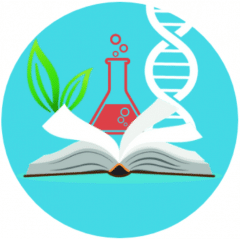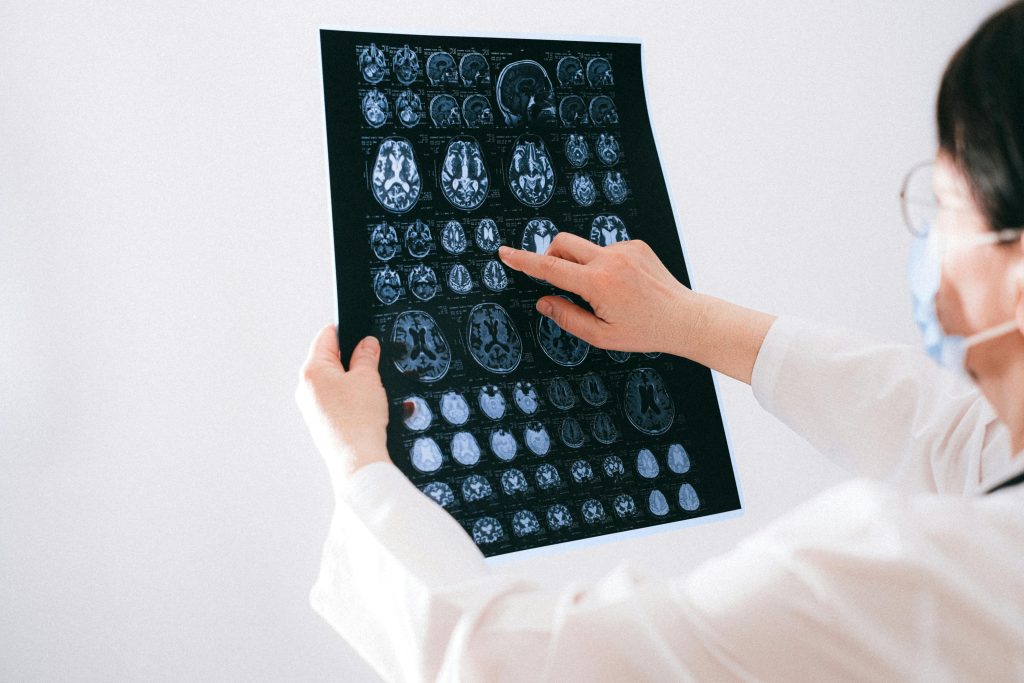
Your top biology student just bombed a reading comprehension quiz. She aced the lab practical. She can draw the cell cycle from memory.
But ask her to extract information from a textbook passage? Suddenly, she’s lost. This happens because scientific reading requires an entirely different skill set than classroom discussions or hands-on work.
Research from the National Assessment of Educational Progress (NAEP) shows that 67% of eighth-graders read below proficiency level, and biology textbooks rank among the most challenging informational texts students encounter.
I’ve spent 12 years teaching AP Biology and have tested these 7 strategies with hundreds of students. They’re backed by reading science research, and more importantly, they actually work in real classrooms.
Let’s get into the specific techniques that transform struggling readers into confident ones.
Strategy 1: Pre-Reading Vocabulary Priming
Start by teaching key terms before students open their textbooks. When students already know words like “mitochondria” or “photosynthesis,” they can focus on understanding concepts instead of decoding vocabulary.
This works because our brains have limited processing power. If students spend mental energy figuring out what words mean, they have less energy left for grasping the bigger ideas.
Try this: Create a list of 5-8 essential terms before each reading assignment. Include the word roots when possible. Students learn that “photo-“ means light and “-synthesis” means putting together. Suddenly, photosynthesis makes sense before they even start reading.
Strategy 2: Text Annotation and Active Reading
Teach students to mark up their texts (or use sticky notes if they can’t write in books). They should underline main ideas, circle unfamiliar words, and put question marks next to confusing parts.
This transforms reading from a passive activity into an active one. Students engage with the material instead of letting their eyes glaze over.
Set up a simple system:
- Underline = main idea
- Circle = vocabulary to look up
- ? = something confusing
- Star = really important point
Students who annotate remember more and spot their own confusion faster. Practice worksheets from Reading Duck work well for teaching annotation skills since they provide science content students can mark up without damaging textbooks.
Strategy 3: Graphic Organizers for Complex Processes
Biology involves many processes, cycles, and systems. Linear text doesn’t always clearly show these relationships. Graphic organizers do.
A flowchart works great for processes like cellular respiration. A Venn diagram helps students compare plant and animal cells. A concept map shows how different body systems connect.
| Text Structure | Best Organizer | Biology Example |
| Sequential process | Flowchart | DNA replication |
| Compare/contrast | Venn diagram | Prokaryotes vs eukaryotes |
| Interconnected system | Concept map | Ecosystem relationships |
| Cause and effect | Chain diagram | Evolution by natural selection |
Have students create these while reading, not after. The act of organizing information helps them understand it better.
Strategy 4: Chunking and Segmented Reading
Don’t assign an entire chapter at once. Break it into smaller sections. Students read one chunk, pause to process it, then move to the next chunk.
Dense biology texts overwhelm students when they try to tackle too much at once. Smaller sections feel manageable and improve retention.
For a chapter on genetics, you might chunk it like this:
- Section 1: DNA structure (read and summarize)
- Section 2: RNA and transcription (read and summarize)
- Section 3: Protein synthesis (read and summarize)
Students master each piece before moving forward.
Strategy 5: Question-Answer Relationships
Not all questions require the same type of thinking. Teach students to recognize different question types.
Some answers sit right there in the text. Others require students to connect information from multiple paragraphs. The most challenging questions ask students to apply what they learned to new situations.
When students understand what type of thinking a question requires, they know how to approach it. They stop hunting randomly for answers and start reading strategically.
Strategy 6: Summarization in Student Language
After reading a section, students should explain it in their own words. Not copying sentences from the book, but actually translating scientific language into everyday speech.
This reveals what students truly understand. If they can’t explain it, they don’t really get it yet.
Ask students to summarize as if they’re texting a friend who missed class. Or have them explain it to a younger sibling. The constraint of using simple language forces deeper understanding.
Strategy 7: Supplemental Practice with Targeted Worksheets
Reading scientific texts is a skill that improves with practice. Students need regular exposure to biology content in a reading format, not just lectures and videos.
Short reading passages with comprehension questions gradually build this skill. Students develop fluency with scientific text structures and vocabulary through repeated practice.
Resources like Reading Duck offer free science-themed reading worksheets organized by grade level. These give students extra practice without overwhelming your prep time.
Weekly practice sessions, even just 15 minutes, make a real difference in how students handle their textbooks.
Making It Work in Your Classroom
You don’t need to implement all seven strategies tomorrow. Pick one or two that fit your teaching style and start there. Maybe you begin with pre-teaching vocabulary and text annotation. Once those become routine, add graphic organizers.
The key is consistency. Students improve their biology reading comprehension when they use these strategies regularly, not just once or twice.
Reading might seem like an English class concern, but in biology, it’s a science class necessity. When students read better, they learn better. And that’s what we’re all here for.




